Milky Quartz: Properties, Uses and Virtues
Milky Quartz, with its milky appearance and tranquil beauty, has been treasured for centuries for its unique charm and soothing energies.Known for its connection with clarity and balance, Milky Quartz has captured the hearts of gem aficionados and spiritual seekers alike.
Join us on a fascinating journey to explore the geological formation, historical significance and metaphysical attributes of this exquisite crystal.
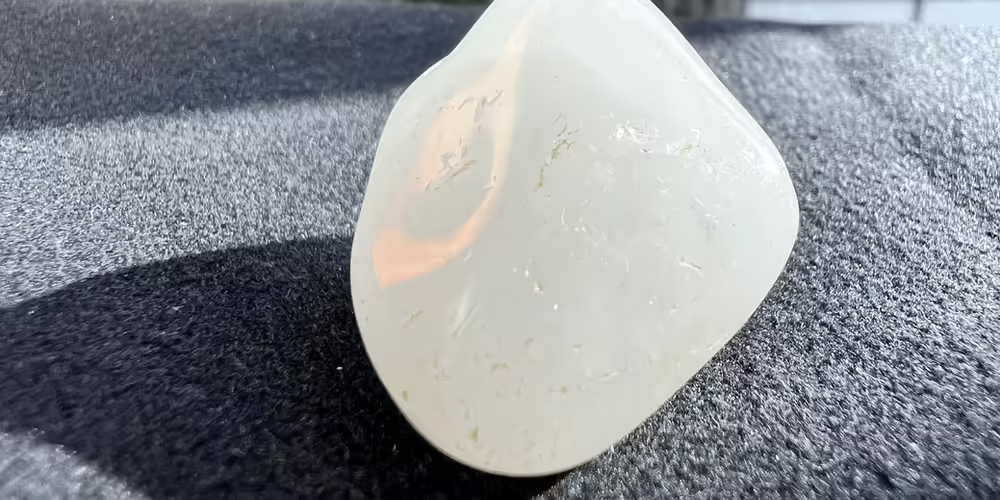
Snow or Milky Quartz: The table of contents
- Geological Formation of Milky Quartz
- Rough Milky Quartz – Raw Beauty Revealed
- Sources – The Global Scope of Milky Quartz
- Historical Significance of Milky Quartz – Through the Ages
- Metaphysical properties of Milky Quartz – Illuminating energies
- Varieties of Milky Quartz
- Colors of Milky Quartz
- Durability and Wearability of Milky Quartz
- Milky Quartz Enhancements – Preserving Natural Beauty
- Synthetic Milky Quartz – La Nature en Laboratoire
- Imitations of Milky Quartz – Discerning the Authentic
- Maintaining Milky Quartz – Preserving Natural Beauty
Geological Formation of Milky Quartz
Milky Quartz, a variety of crystalline quartz, is formed by a combination of heat and pressure in the Earth’s crust. This captivating gem is commonly found in quartz veins and geodes, often presenting a milky or cloudy appearance due to the presence of microscopic fluid inclusions.
Its formation involves the interaction of various minerals, giving rise to its white hue.
Rough Milky Quartz – Raw Beauty Revealed
Milky Quartz, like other varieties of crystalline Quartz, has a raw, captivating beauty in its natural crystal form.
Raw Milky Quartz crystals take the form of hexagonal prisms terminating in rhombohedrons, exhibiting a milky or cloudy appearance, highlighting the unique interplay of light within the stone.
These raw crystals exude a sense of calm and purity, captivating gem lovers with their unspoilt allure.
Sources – The Global Scope of Milky Quartz
Milky Quartz is found in abundance in different parts of the world. Each location contributes distinct variations in colour and clarity, making Milky Quartz a diverse and sought-after gem in the world of jewellery.
Historical Significance of Milky Quartz – Through the Ages
Throughout history, Milky Quartz has been revered for its soothing and balancing properties. It was said to bring clarity of thought, inner peace and emotional balance.
In ancient times, Milky Quartz was used by various cultures for its healing and spiritual properties.
Its milky appearance was seen as a symbol of the purity and serene energies it brought to those who possessed it.
Metaphysical properties of Milky Quartz – Illuminating energies
Milky Quartz is considered a stone of clarity and tranquillity, promoting a sense of peace and balance in life. It is believed to calm the emotions, relieve stress and improve mental clarity.
Milky Quartz is often used in meditation practices to connect with inner wisdom and achieve a state of deep relaxation. Its gentle, nourishing energy is said to bring comfort and calm to the wearer.
Varieties of Milky Quartz
Milky Quartz comes in a range of variations, but there are no real varieties.
Colors of Milky Quartz
Milky Quartz offers a range of captivating variations, each with its own unique charm. From snowy white to soft milky shades, the colours of Milky Quartz evoke a sense of tranquillity and purity.
What’s more, some specimens may display a shimmer or asterism, adding to the gem’s appeal. Milky Quartz can also be found in a variety of shapes and sizes, making it a versatile gem for different jewellery designs.
Durability and Wearability of Milky Quartz
Milky Quartz offers excellent durability, with a hardness of 7 on the Mohs scale. This level of hardness ensures that Milky Quartz is suitable for different types of jewellery and can withstand the rigours of everyday use, allowing its beauty to last over time.
Milky Quartz Enhancements – Preserving Natural Beauty
Milky Quartz is generally appreciated in its natural state, preserving its inherent beauty and appeal. Most Milky Quartz gems on the market are untreated, preserving their intrinsic beauty and appeal.
Synthetic Milky Quartz – La Nature en Laboratoire
Synthetic Milky Quartz is not produced because it contains inclusions and internal characteristics that cannot be reproduced in the laboratory.
Imitations of Milky Quartz – Discerning the Authentic
Milky Quartz can sometimes be imitated or misrepresented by white glass, common opal, moonstone and other whitish gems, although this is rare due to its inherent abundance.
To guarantee authenticity, buyers should exercise caution and buy from reputable, certified gem dealers who can guarantee the gem’s true identity.
Maintaining Milky Quartz – Preserving Natural Beauty
Caring for milky quartz jewellery is essential to preserving its timeless beauty.
To preserve its milky appearance and soothing energies, avoid exposure to harsh chemicals and store it separately from other gems to avoid scratches.
Gently clean Milky Quartz jewellery with mild soapy water and a soft brush, ensuring that its lasting appeal remains intact.
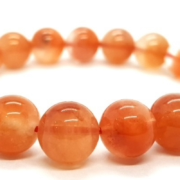
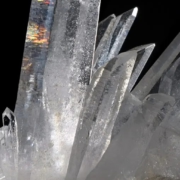
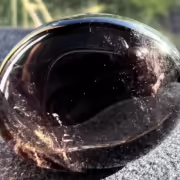
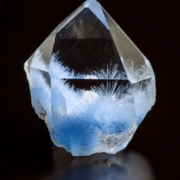

Leave a Reply
Want to join the discussion?Feel free to contribute!